Discover the Thrills of Ice Skating & Hockey in the USA
The United States offers a vibrant and diverse landscape for both ice skating and ice hockey enthusiasts. From the graceful artistry of figure skating to the exhilarating speed of hockey, these winter sports captivate millions across the nation. Whether you're a seasoned athlete or a curious beginner, the opportunities to glide on ice are abundant and accessible.
Ice skating transcends a mere recreational activity; it's a dynamic sport with various disciplines. Figure skating mesmerizes with its intricate jumps and spins, while speed skating showcases incredible athletic prowess. Recreational ice skating, on the other hand, provides a joyful escape for families and friends, offering a unique way to stay active during the colder months.

Ice hockey holds a special place in the heart of American sports culture. Its rich history is woven into the fabric of countless communities, from bustling metropolitan areas to small towns. The game's fast-paced action, strategic plays, and physical intensity make it a thrilling spectacle for fans and participants alike.
From local youth leagues to the pinnacle of professional competition in the National Hockey League (NHL), hockey provides avenues for players of all ages and skill levels to engage. The passion for the game is palpable, fostering strong community bonds and competitive spirit. Understanding the basics of ice skating is the first step towards enjoying both recreational glides and the dynamic world of hockey.

Find Your Glide: Popular Public Ice Rinks Across the USA
Discovering a public ice rink near you is easier than you think, offering a fantastic opportunity to enjoy recreational skating. The United States boasts numerous iconic rinks, alongside countless community-run facilities, ensuring there's a place for everyone to lace up their skates.
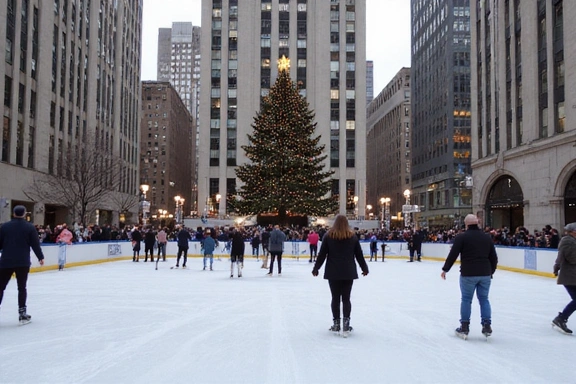
Rockefeller Center Ice Rink, NYC
Perhaps the most famous outdoor rink in the world, the Rockefeller Center rink in New York City offers an unparalleled skating experience, especially during the holiday season. It's an iconic destination for tourists and locals alike. Booking in advance is highly recommended due to its popularity.
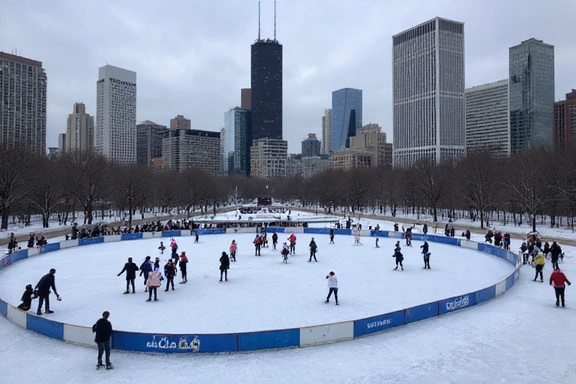
Maggie Daley Park Ice Ribbon, Chicago
Unique for its winding, ribbon-like path, the Ice Ribbon in Maggie Daley Park offers a different kind of urban skating adventure in the heart of Chicago. Surrounded by stunning city views, it's a must-visit for a scenic outdoor skate.
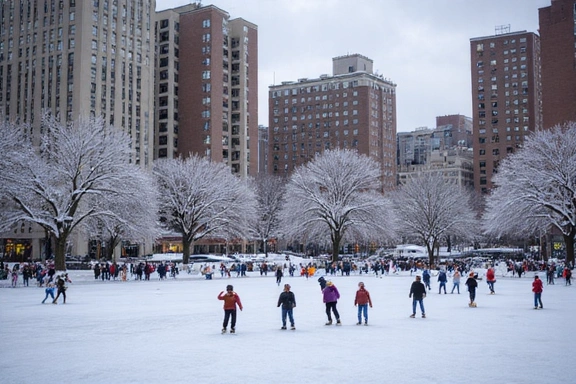
Boston Common Frog Pond, Boston
A beloved winter tradition, the Frog Pond on Boston Common transforms into an idyllic ice skating rink. It's a fantastic spot for families and offers skate rentals and lessons, making it accessible for all skill levels.
Tips for Finding Local Rinks:
To find public ice rinks in your immediate vicinity, the best resources are often local government websites.
- Check your city's parks & recreation website: Most municipal departments list their public facilities, including ice rinks, operating hours, and special events.
- Community centers and sports complexes: Many local community centers and dedicated sports complexes house indoor ice rinks that are open to the public for open skate sessions.
- Online search engines: A quick search for "public ice rinks near me" or "ice skating [your city/state]" will typically yield numerous results.
- Local news and event calendars: During winter months, local news outlets often publish guides to seasonal ice skating opportunities.
Always check the rink's official website for current hours, admission fees, skate rental availability, and any specific rules or reservation requirements before planning your visit.
Dive into the Action: Hockey Leagues for All Ages
Ice hockey in the USA offers a wide spectrum of leagues and programs, catering to players from childhood through adulthood, regardless of skill level. From casual pick-up games to highly competitive divisions, there's a place for everyone to experience the thrill of the game.

Adult Hockey Leagues & Drop-in Sessions
Adult hockey is thriving across the country, offering a fantastic way for individuals to stay active, competitive, and social. These leagues are typically organized by skill level, from beginner (D-level) to advanced (A-level), ensuring balanced competition.
- Local Amateur Leagues: Most ice rinks host their own adult leagues, often with multiple divisions. Teams usually play once or twice a week, culminating in playoffs. These leagues provide a structured environment to improve skills and build lasting friendships.
- Drop-in Sessions/Pick-up Hockey: For those with less time commitment or who prefer a more casual game, drop-in sessions are perfect. Players simply show up, pay a fee, and divide into teams for an informal scrimmage. It's a great way to get ice time and meet other players.
- Instructional Leagues: Many rinks offer "Learn to Play" or instructional leagues specifically designed for adults new to hockey or those looking to brush up on fundamentals.
Check with your local ice rink's website or front desk for information on available leagues, registration details, and drop-in schedules.

Youth Hockey Programs: Nurturing Future Stars
Youth hockey is a cornerstone of American ice sports, providing a structured pathway for children and teenagers to learn the game, develop skills, and foster sportsmanship. Programs are typically divided by age groups, ensuring age-appropriate competition and development.
- Learn to Skate/Play: Entry-level programs focus on basic skating skills and fundamental hockey movements before progressing to team play.
- Age Divisions: Common age classifications include:
- Mites (8U): Focus on fundamental skills and fun.
- Squirts (10U): Introduction to full-ice play and more structured team concepts.
- Pee-Wee (12U): Further skill development and tactical understanding.
- Bantam (14U): More competitive play, preparing for high school hockey.
- Midget (16U/18U): Advanced competition, often leading to junior or collegiate opportunities.
- Travel vs. House Leagues: Most associations offer both house (recreational) leagues and more competitive travel teams.
United States of America Hockey (USA Hockey) is the governing body for amateur hockey in the U.S., offering resources and guidelines for youth programs. You can find local associations and programs through their official website.
Professional Leagues: NHL & AHL
For the ultimate hockey experience, the National Hockey League (NHL) represents the pinnacle of professional ice hockey in North America. With 32 teams across the U.S. and Canada, the NHL showcases the world's best talent.
The American Hockey League (AHL) serves as the primary developmental league for the NHL, with many future NHL stars honing their skills there. Watching AHL games offers a high level of competition at a more accessible price point.
You can follow the NHL on major sports networks and streaming services, and check team websites for game schedules and ticket information. Many AHL teams also offer local broadcasts and streaming options.
Mastering the Ice: Rules & Basics for Skating and Hockey
Whether you're stepping onto the ice for the first time or looking to understand the nuances of hockey, grasping the fundamental rules and techniques is crucial for safety, enjoyment, and skill development.
Simplified Rules of Ice Hockey
Ice hockey is a fast-paced game with a few key rules that keep the action flowing and ensure player safety. Understanding these basics will enhance your appreciation of the sport.
- Offside: Players cannot enter the offensive zone (the area between the opponent's blue line and goal line) before the puck crosses the blue line. This rule prevents players from "cherry-picking" near the opponent's net.
- Icing: A player cannot shoot the puck from behind their own blue line across the opponent's goal line without it being touched by another player. This rule prevents teams from simply clearing the puck down the ice to waste time.
- Penalties: Infractions like tripping, hooking, holding, slashing, and interference result in a player being sent to the penalty box for a set amount of time (usually 2 or 5 minutes), giving the opposing team a power play (numerical advantage).
- Scoring: A goal is scored when the puck completely crosses the goal line, into the net. Teams typically play three 20-minute periods.
- Face-offs: Play restarts with a face-off (where two players compete for the puck dropped by an official) after a stoppage in play, such as a goal, offside, or icing.
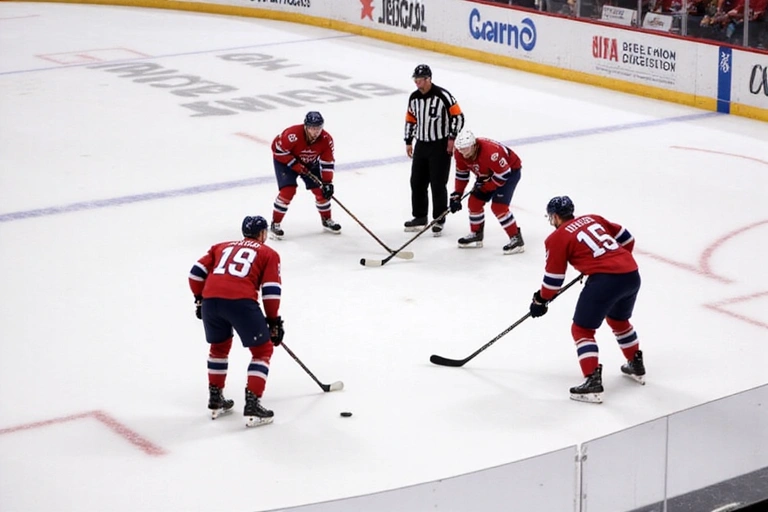
Basic Ice Skating Techniques for Beginners
Learning to ice skate is an enjoyable process that starts with mastering a few fundamental techniques. Patience and practice are key!
- Balance: Start by standing tall with knees slightly bent, arms out for balance. Keep your weight centered over the middle of your skates.
- Gliding: Push off with one foot, gliding forward on the other. Transfer your weight smoothly. Practice gliding on both feet.
- Stopping: The most common beginner stop is the "snowplow" or "wedge" stop. Push your heels out and bring the toes of your skates together, creating friction with the ice.
- Falling Safely: It's inevitable to fall, especially when learning. To fall safely, try to fall to the side and slightly back, bending your knees and tucking your chin to your chest to avoid hitting your head.
- Getting Up: Roll onto your hands and knees, then place one skate flat on the ice between your hands. Push up with your hands and the other foot until you're standing.
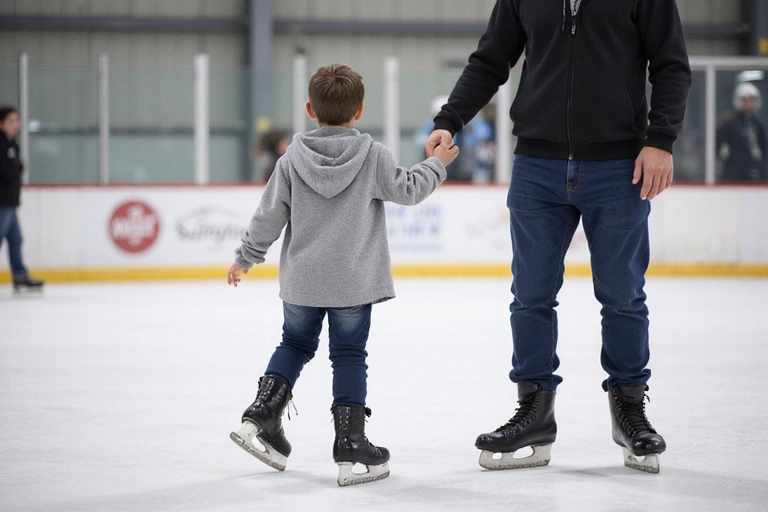
Safety & Etiquette on the Ice
Regardless of whether you're skating recreationally or playing hockey, safety should always be your top priority.
- Wear appropriate safety gear: Helmets are highly recommended for all skaters, especially beginners and children. Hockey players must wear full protective gear.
- Skate in the direction of traffic: Most rinks have a designated flow direction.
- Be aware of your surroundings: Look out for other skaters, especially faster ones or those who might be falling.
- No horseplay: Avoid dangerous stunts or reckless behavior that could injure yourself or others.
- Respect rink staff: Follow instructions from rink guards and officials.
Essential Gear: Equipping Yourself for Ice Sports
Having the right equipment is fundamental for safety, comfort, and performance in both ice skating and ice hockey. Investing in quality gear tailored to your needs will significantly enhance your experience on the ice.
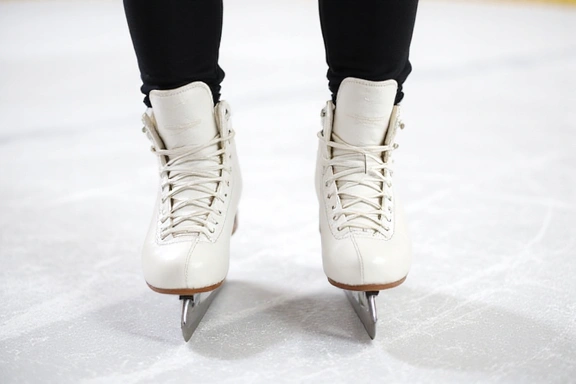
Ice Skates: Your Foundation
The type of skates you need depends on your activity:
- Figure Skates: Designed for grace and intricate movements, they have a toe pick at the front of the blade for jumps and spins. They offer more ankle support and are suitable for recreational skating and figure skating disciplines.
- Hockey Skates: Built for speed, agility, and protection, hockey skates have a shorter, more curved blade without a toe pick, allowing for quick turns and stops. The boot is stiffer and more protective.
Ensure a proper fit: skates should be snug but not painful, with no heel lift.
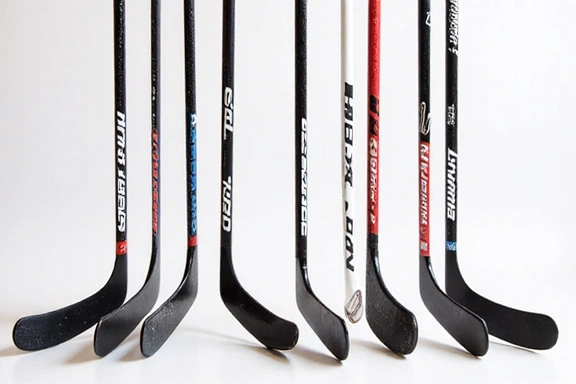
Hockey Sticks: Your Offensive Tool
A hockey stick is crucial for shooting, passing, and stickhandling. Key considerations include:
- Composition: Most modern sticks are composite (carbon fiber), offering lightweight durability and consistent performance. Wood sticks are more traditional and durable.
- Flex: The stick's flex (stiffness) is rated in numbers. A lower number means more flex, suitable for lighter players or those who prefer more whip on their shots. Higher numbers are for stronger players.
- Curve: The curve of the blade affects puck control, shooting accuracy, and passing. Different curves suit different playing styles.
- Length: Sticks should generally reach between your nose and chin when standing on skates.

Protective Gear: Safety First
For hockey, comprehensive protective gear is non-negotiable:
- Helmet: Mandatory for all hockey players, with a face cage or shield.
- Shoulder Pads: Protect the collarbone, shoulders, and chest.
- Elbow Pads: Cushion the elbows and forearms from impacts.
- Shin Guards: Cover the knees and shins, crucial for blocking shots and impacts.
- Hockey Gloves: Protect hands from slashes and falls while maintaining stick feel.
- Pants/Breezers: Padded shorts that protect the hips, kidneys, and thighs.
- Mouthguard: Protects teeth and helps prevent concussions.
- Athletic Supporter with Cup: Essential for male players.
Appropriate Apparel for Ice Sports
Dressing correctly ensures comfort and warmth on the cold ice.
- Layers: Wear multiple thin layers that can be added or removed as needed.
- Moisture-Wicking Base Layers: Help keep sweat away from your body, preventing chills.
- Warm Outer Layer: A jacket or fleece that allows for freedom of movement.
- Warm Socks: Thin, synthetic socks are often better than thick cotton ones, which can bunch up and cause blisters.
- Headwear and Gloves/Mittens: To retain body heat.
Always prioritize comfort and safety when selecting your gear. Visiting a specialized sports store can help ensure proper fitting and expert advice.